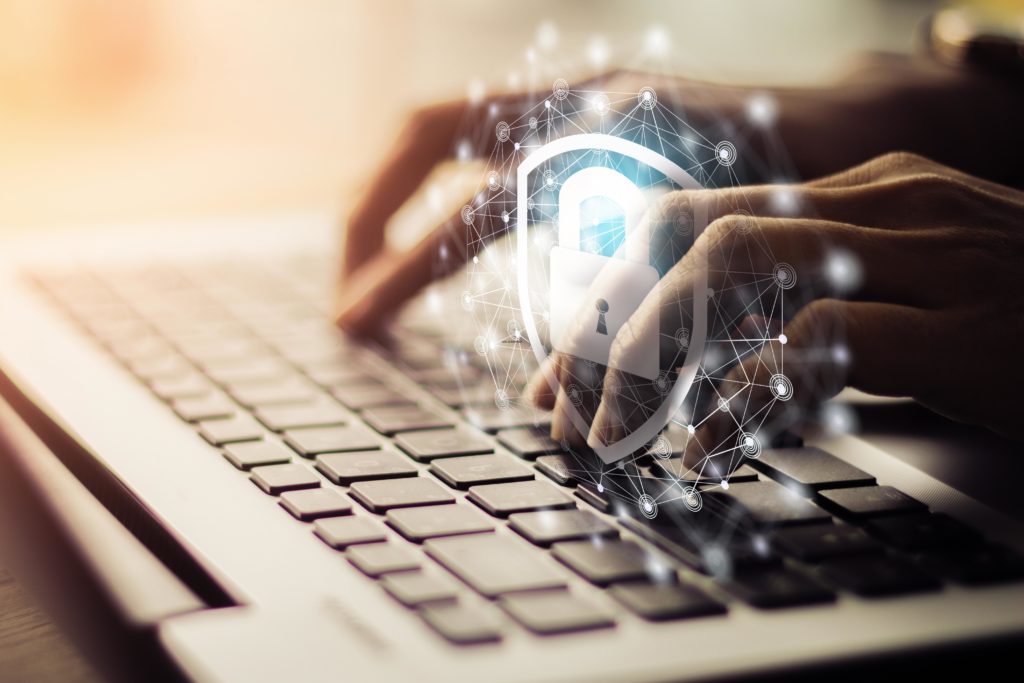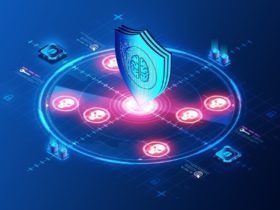Every one knows that cyber attacks are becoming more and more common. In order to protect their networks, organizations are turning to human firewalls. But what exactly is a human firewall? This article will reflect on the definition, and explore its role in cybersecurity.
A human firewall is a set of security measures design to protect an organization against cyber attacks. The human firewall works by creating a barrier between an organization’s network and potential attackers. By doing so, the firewalls prevents unauthorized access to sensitive data and systems.
More: Wargaming Cyber Security: A Complete Guide of Reducing Cyber Threats
What is Definition of Human Firewall

The human firewall definition can be broke down into three key components:
- Policies and procedures: Organizations must have clear policies and procedures in place in order to create a human firewall. These policies and procedures should be utilize by security teams to protect sensitive data and systems from unauthorized access.
- Employee training: Employees must be properly trained in order to adhere to the policies and procedures put in place by their organization. Without proper training, employees may unwittingly allow attackers to bypass the human firewall.
- Technologies: Organizations must also deploy technologies to further protect their networks. These technologies can include firewalls, intrusion detection systems, and more.
A human firewall is a term used in information technology to describe a human security expert who monitors and filters network traffic for malicious or unauthorized activity. Unlike traditional firewalls, which are software programs or hardware devices, these are people who use their knowledge of computer security and networking to protect an organization from attack.
These firewells are usually a part of an organization’s security team. With the rise of sophisticated attacks, traditional security measures are no longer enough to protect organizations from harm.
More: How To Perform A Cybersecurity Risk Assessment (5 Main Steps to Know & Facts)
The role of Human Firewalls in Cybersecurity

They are considered be an essential part of cybersecurity, they are not a perfect solution. human firewalls are susceptible to human error, and they can be bypassed by attackers who are able to exploit vulnerabilities in the network. Nevertheless, they play a vital role in protecting organizations from cyber attacks.
Organizations rely on tech firewalls to monitor network traffic and block suspicious activity. By doing so, they
- help to prevent attackers from gaining access to sensitive data and systems.
- help to investigate breaches and determine how the attacker was able to gain access to the network.
How to Improve Human Firewall
Organizations & Security teams can improve working by:
Education & Awareness:
Employee awareness and education is critical to the success of human firewalls. Organizations must provide employees with training on cybersecurity threats and how to identify suspicious activity. In addition, organizations should make sure that their employees are aware of the policies and procedures put in place to protect the network.
MFA or 2FA
Multi-factor authentication (MFA) or two-factor authentication (2FA) can help to improve the security of an organization’s network. By requiring employees to use more than one form of authentication, MFA or 2FA makes it more difficult for attackers to gain access to sensitive data and systems.
Regular Testing
Organizations & Security teams should regularly test firewalls to ensure that they are effective. Testing can be done in-house or by using a third-party service. By testing firewalls on a regular basis, organizations can identify weaknesses and make improvements to their security posture.
More: Top Cybersecurity Threats 2022 (All You Need to Know & FAQs)
Final Thoughts
It is essential to ensure that firewalls are properly trained and equipped to protect an organization from attack. In order to do so, organizations must provide employees with training on cybersecurity threats and how to identify suspicious activity.
Organizations should make sure that their firewalls are aware of the policies and procedures put in place to protect the network. Human firewalls should be regularly tested to ensure that they are effective. By taking these steps, organizations can improve their human firewall and better protect their networks from attack.











